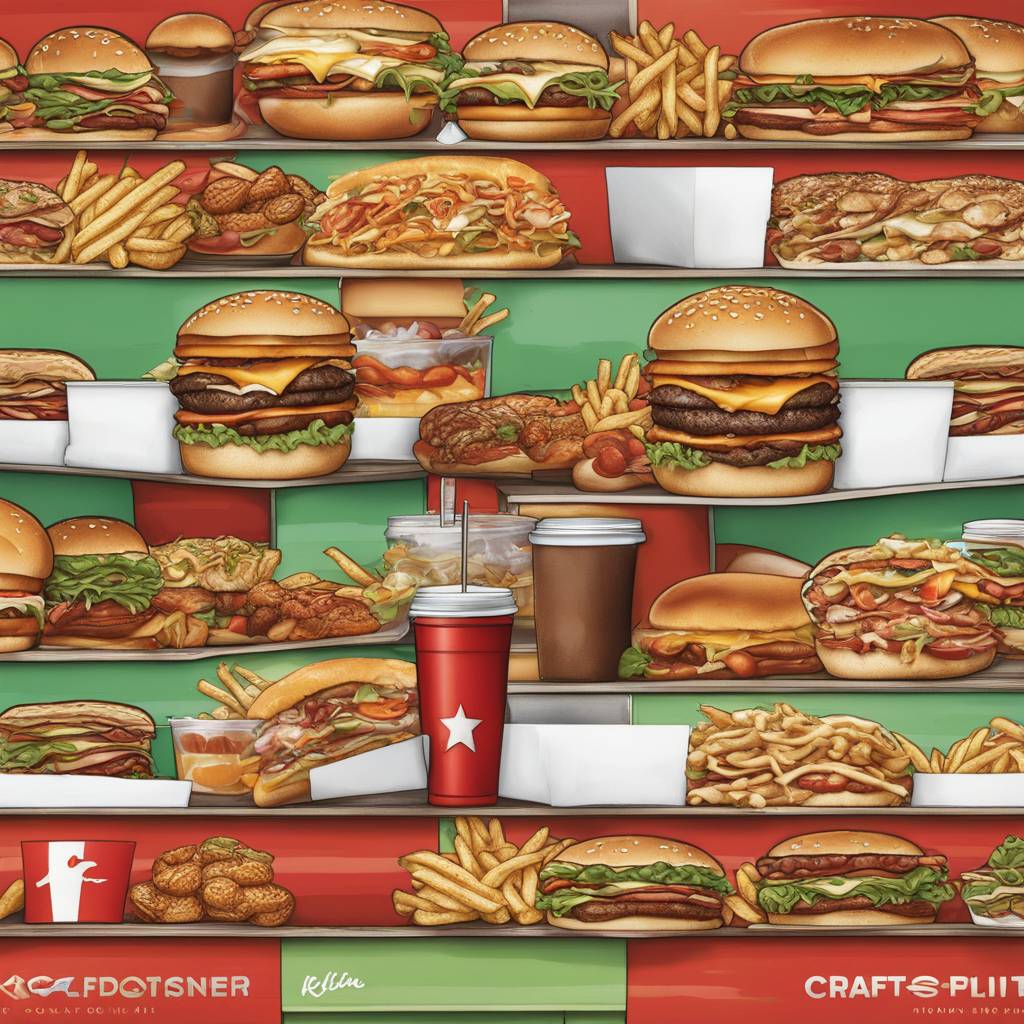California recently raised the minimum wage for fast food workers to $20, prompting concerns that automation, such as self-service kiosks, would replace these workers. However, the trend of automation in the services industry, particularly in the restaurant industry, has been ongoing for some time. Quick service restaurants have been implementing automation technology, such as auto-refill systems and automated frying machines, even in states where the minimum wage has not increased. Higher wages for fast food workers could actually benefit fast food owners by attracting more workers into the industry.
The new minimum wage increase in California, which applies to fast food chains with more than 60 locations nationwide, aims to attract workers back into the labor force for the restaurant industry. The law also establishes a fast food council that can annually increase the wage in line with inflation or up to 3.5%. Additionally, the council can recommend safety standards for workers and collaborate with state agencies on issues like wage theft. These changes reflect a comprehensive approach to ensuring fair wages and working conditions in the fast food sector.
Self-service kiosks have become a common feature in large fast food chains, with companies like Panera Bread, McDonald’s, and Shake Shack integrating them into their operations. These kiosks not only provide convenience for customers but also lead to larger order sizes and increased profits for restaurants. Burger King and Chick-Fil-A are also expanding their use of digital self-service screens and mobile pick-up concepts. The shift towards automation is driven by customer preferences for autonomous ordering and convenience, particularly among younger demographics.
Despite concerns about automation leading to job losses, fast food franchisees like Harsh Ghai are embracing technology to offset the rising labor costs due to the minimum wage increase. Ghai plans to install self-service kiosks in all of his restaurants in California within a short timeframe and implement AI-powered drive-thru ordering systems. While technology adoption may result in some job losses, Ghai believes it is necessary to maintain profitability and respond to customer demands for convenience. His goal is to create a hybrid environment that combines technology with human interaction to enhance the customer experience.
The California Restaurant Association acknowledges that some restaurant operators are struggling with the minimum wage hike, with some choosing not to expand or closing locations. President and CEO Jot Condie believes that the need for technology adoption in the industry will be driven by necessity rather than just customer preferences. Despite challenges, restaurant owners like Ghai are prioritizing the use of technology to manage rising labor costs while maintaining profitability. While there may be some job displacement, the goal is to strike a balance between automation and human interaction to provide a positive dining experience for customers.













